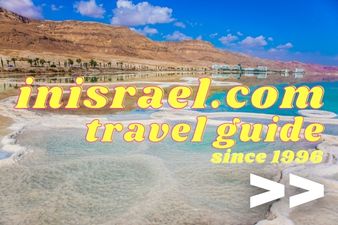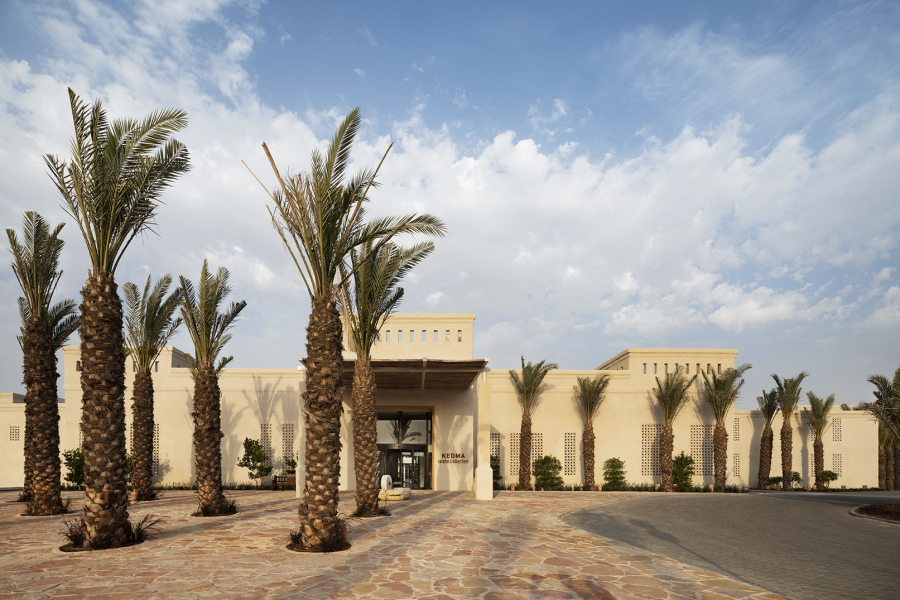Exploring the Negev and Sde Boker in Israel
Attractions travel guideIf you’re looking for a unique, off-the-beaten-path adventure in Israel, look no further than Sde Boker and the surrounding Negev Desert. With its stunning landscapes and rich history, this hidden gem is sure to leave you with memories that will last a lifetime. Here’s why you should plan a trip to the Negev today.
What You’ll Find at Sde Boker
Sde Boker is located in southern Israel, about an hour and a half from Be’er Sheva. It was founded in 1952 by Prime Minister David Ben Gurion who wanted to make the desert bloom. As such, it is home to a kibbutz as well as an archaeological dig site, where visitors can explore ancient stone structures and artifacts dating back centuries. The area also features several trails for hiking and biking, including one which follows the Zin Valley. And if you’re looking for something more relaxing, there are also plenty of nearby nature reserves to explore.
History at Sde Boker
The area around Sde Boker has been inhabited since prehistoric times and many ancient artifacts have been discovered here. In addition, the area was an important location during biblical times—it was here that Moses and his people passed through on their way from Egypt to Canaan—and this makes it an ideal destination for those interested in religious history. There are even ruins of an old synagogue located near Sde Boker that date back to the Second Temple period (530 BCE–70 CE).
The Kedma Hotel Sde Boker
There are a variety of hidden gems just waiting to be discovered in the enchanting Negev Desert, thanks to its stunning natural beauty, pollution-free arid climate, and stunning natural beauty.
With 163 warm, welcoming rooms and suites in an expansive open-air courtyard surrounded by lush fruit trees and beautiful plants, Kedna is a beautiful awe-inspiring hotel. In the many quiet corners of the grounds, this layout, which evokes days gone by, blends seamlessly with the surrounding scenery and offers a great deal of rest and relaxation.
Enjoy the water and shaded areas of this glorious oasis and feel refreshed and rejuvenated when you leave.
Additionally, the hotel offers an authentic desert-style restaurant, a luxurious spa with Turkish bath, a peaceful heated pool, a well-equipped fitness room, and plenty of relaxed areas for unwinding after a fun-packed day.
Activities Nearby
In addition to exploring Sde Boker itself, visitors can take part in all sorts of activities close by. For example, just south of Sde Boker lies Ein Avdat National Park which features beautiful canyons and waterfalls, perfect for swimming or just taking time out to enjoy some peace and quiet away from civilization. Alternatively, those looking for some excitement can head east towards Mitzpe Ramon Crater National Park where they will find numerous caves as well as panoramic views of the desert landscape below them. Or if you’re feeling really adventurous why not try skydiving over Eilat? No matter what your interests may be there’s something nearby that’s sure to pique your interest!
Visiting Sde Boker is a fantastic way to get off the beaten path and explore some of Israel’s most breathtaking scenery while learning more about its rich history along the way. Whether you choose to spend your days relaxing among nature or exploring ancient ruins and medieval sites, you’re sure to have an unforgettable experience when visiting Sde Boker and the Negev Desert! So pack your bags now; this is one journey not worth missing!








